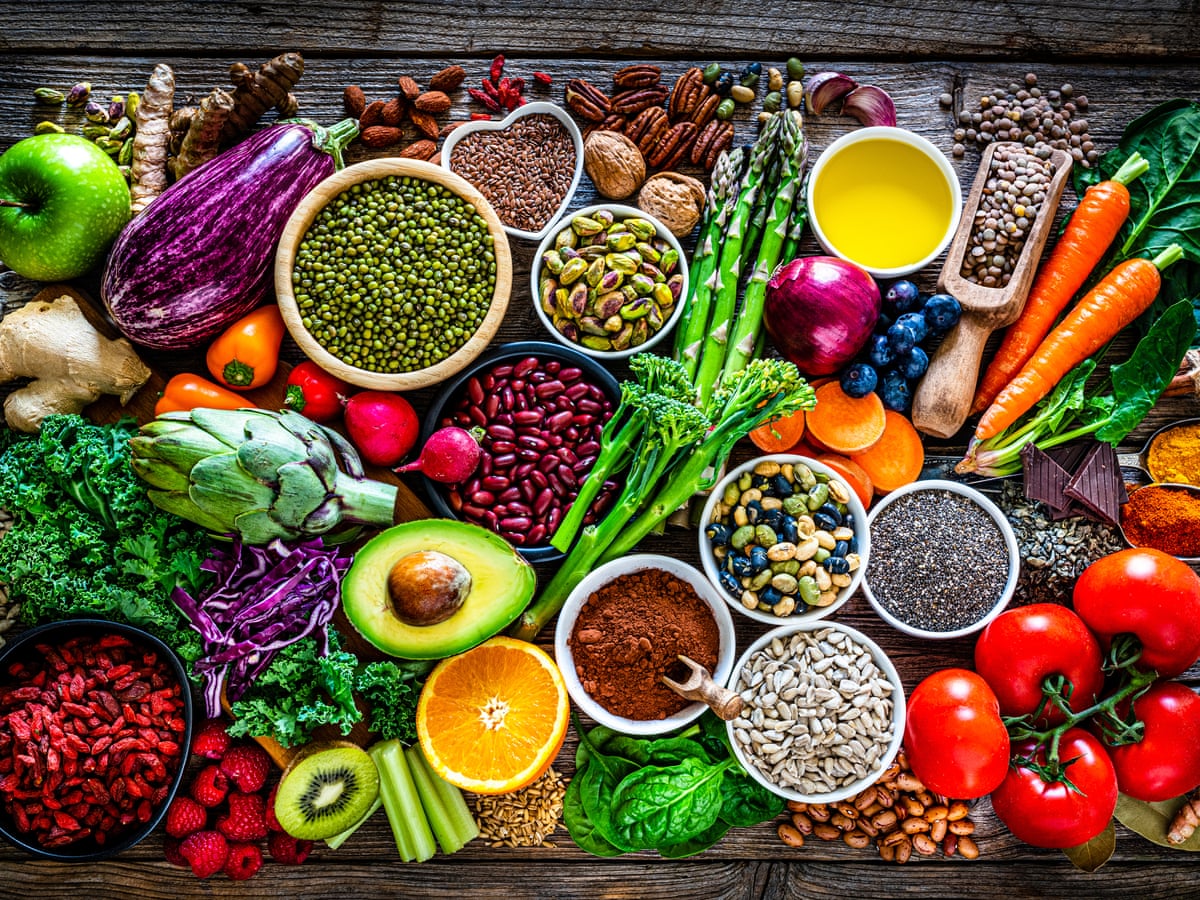
The leading risk factor for diet-related ill health, according to a systematic analysis published in 2022, is our low intake of wholegrains, which are rich in vital nutrients such as B vitamins, folic acid, omega-3 fats, antioxidants, and, crucially, fibre. Dr. Samantha Gill, a specialist gastroenterology dietitian, notes that fibre often has a negative reputation, with many people associating it with bloating and blandness. However, fibre plays an essential role in health, from preventing constipation to lowering the risk of diseases such as heart disease, stroke, type 2 diabetes, and colon cancer.
Despite the proven benefits, fibre intake is alarmingly low. Most countries fall short of the recommended daily intake of 30g for adults. In the UK, for instance, people only consume about 19g of fibre daily, far below the target. Fibre-rich foods include vegetables, fruits, legumes, nuts, seeds, and wholegrains, yet only a small percentage of people meet the daily recommendation.
Increasing fibre intake is not difficult, especially with a plant-rich diet. However, barriers such as negative perceptions of starchy foods and lack of awareness of fibre’s broader health benefits hinder progress. To tackle this, the Danish Whole Grain Partnership has successfully increased wholegrain consumption, with the average intake rising by 128% between 2008 and 2019. Experts recommend gradually increasing fibre intake, drinking enough water, and choosing high-fibre foods such as wholegrains, vegetables, fruits, and legumes. Simple swaps like switching white bread for wholemeal or adding beans to meals can help boost fibre intake without much effort.
For those struggling to reach 30g a day, experts suggest focusing on a variety of plant-based foods, including wholegrains, fruits, vegetables, and pulses, while gradually incorporating more fibre-rich snacks and meals. By making small changes, it is possible to improve health outcomes and support long-term wellness.




